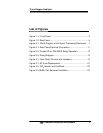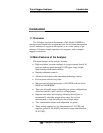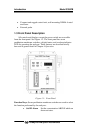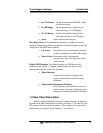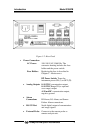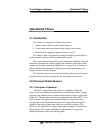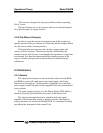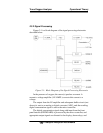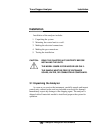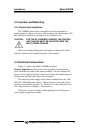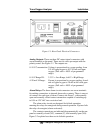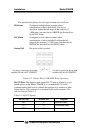
Trace Oxygen Analyzer Operational Theory
Teledyne Analytical Instruments 5
Operational Theory
2.1 Introduction
The analyzer is composed of three subsystems:
1. Analysis unit with zirconium oxide sensor(s)
2. Control unit with signal processing, display and controls
3. Interface unit, supplying signals between 1 and 2.
The analysis unit is designed to accept the sample gas and direct it
to the sensitive surface of the zirconium oxide sensor.
The control unit processes the sensor output and translates it into an
electrical concentration, which supplies the customer with range, alarm
outputs, and a meter readout giving the trace oxygen level. It contains a
microcontroller that manages all signal processing, input/output, and
display functions for the analyzer.
The interface unit receives power from the control unit, and creates
precision heater and bias voltages for the zirconium oxide sensor.
2.2 Zirconium Oxide Sensors
2.2.1 Principles of Operation
Teledyne’s zirconium oxide sensor is a miniature solid state
sensor. It uses a stabilized zirconia disc as an electrolyte with a sensing
electrode (the cathode) and a counter electrode (the anode) on each side
of the disc. The zirconia is heated to a temperature of about 500°C via a
built-in heater. By applying a suitable reference voltage across the
cathode and anode, the heated zirconia acts as an electrolyte which is
capable of moving oxygen ions within its crystalline structure. This
allows for the reduction of oxygen molecules reaching the cathode and
the generation of a current equivalent to the amount of oxygen in a
sample measured in parts per million (ppm).



